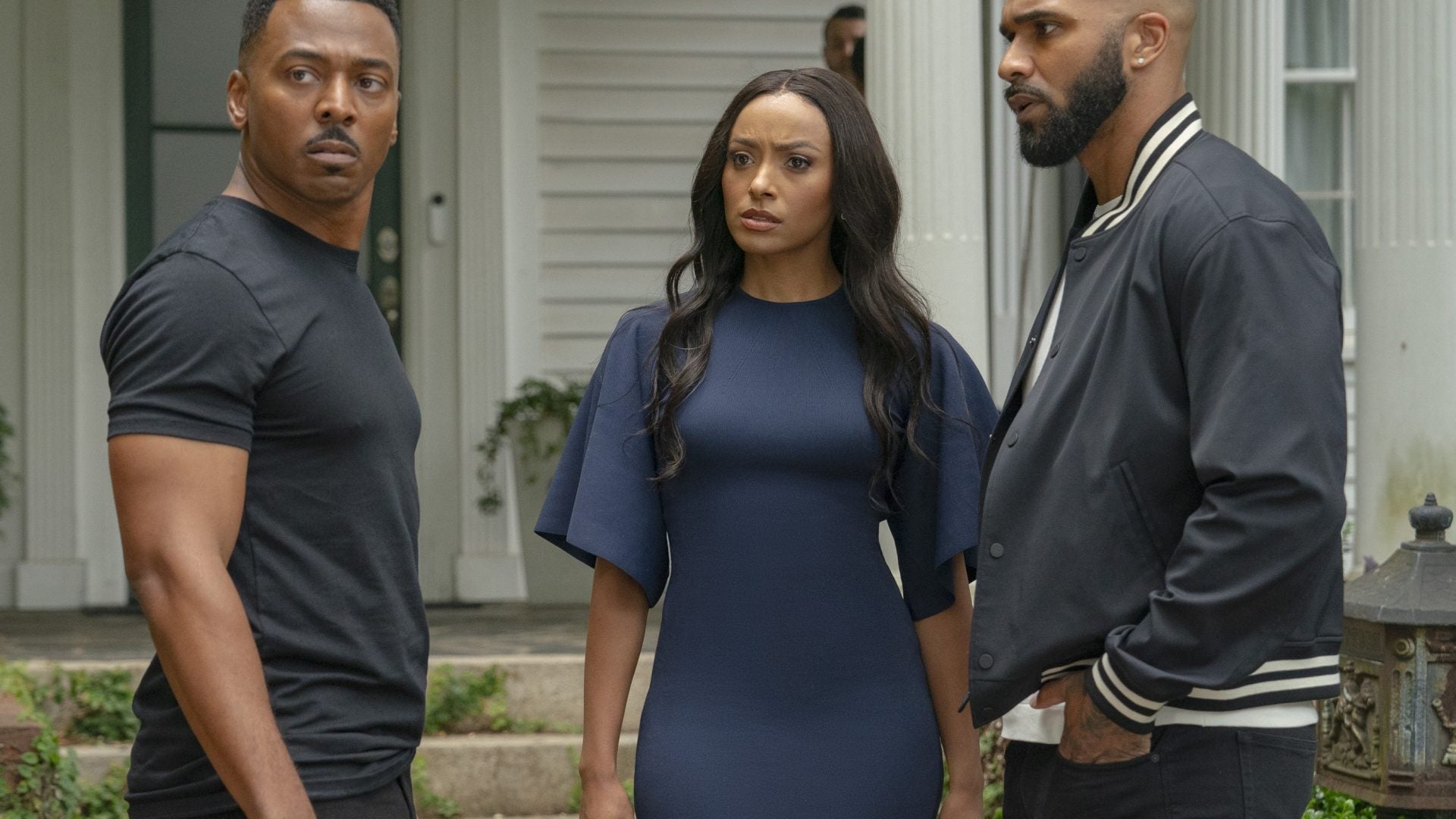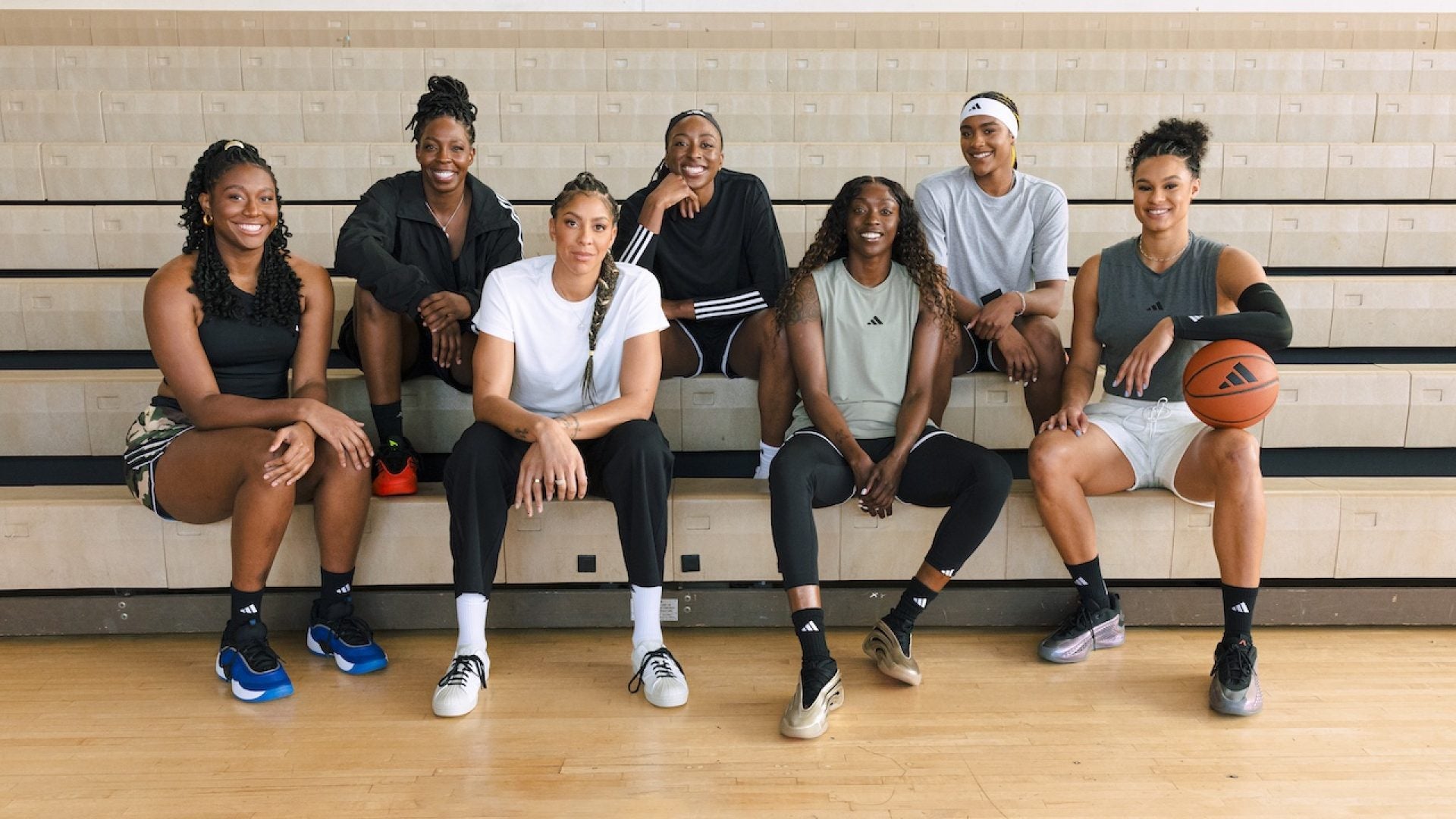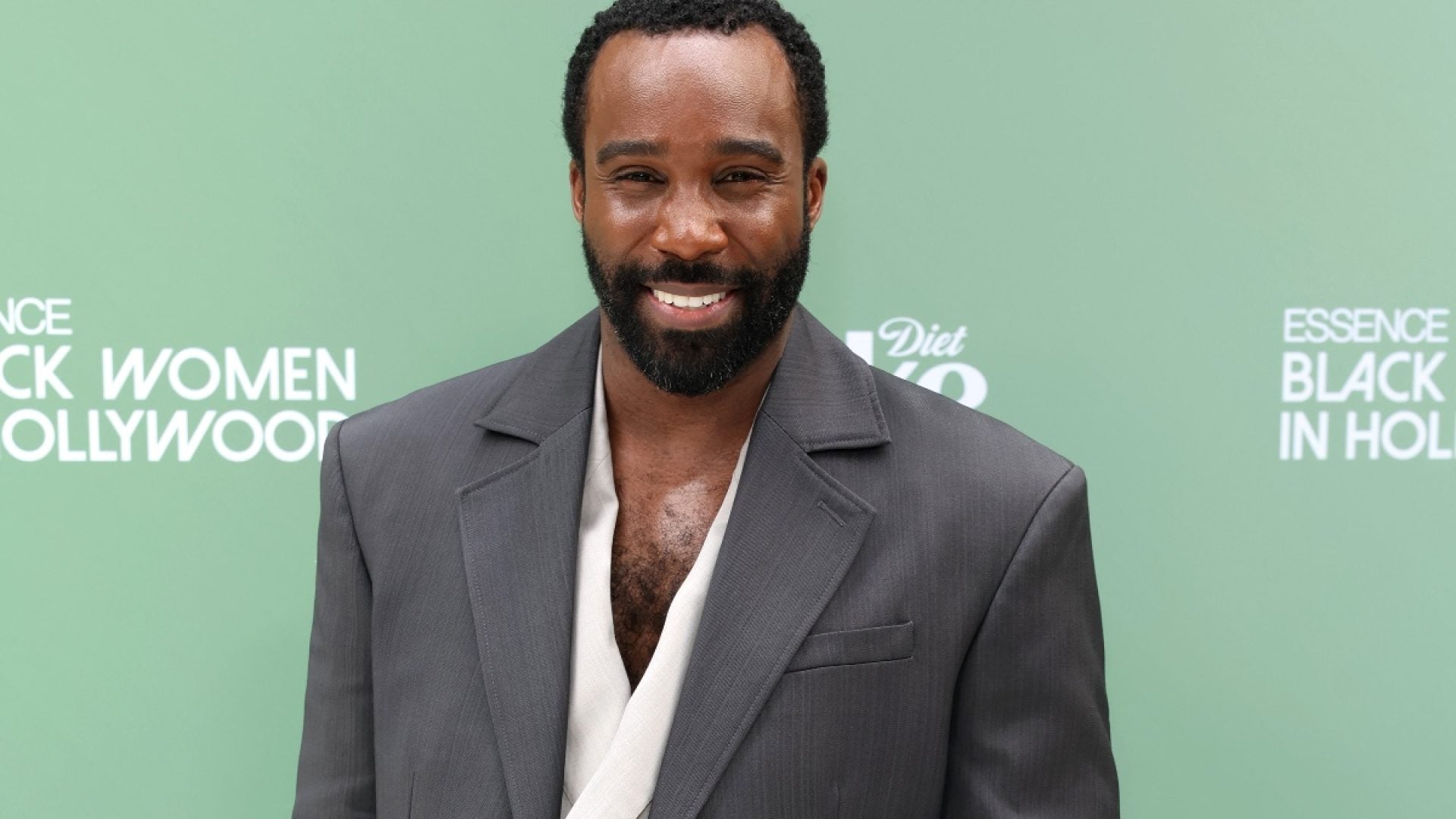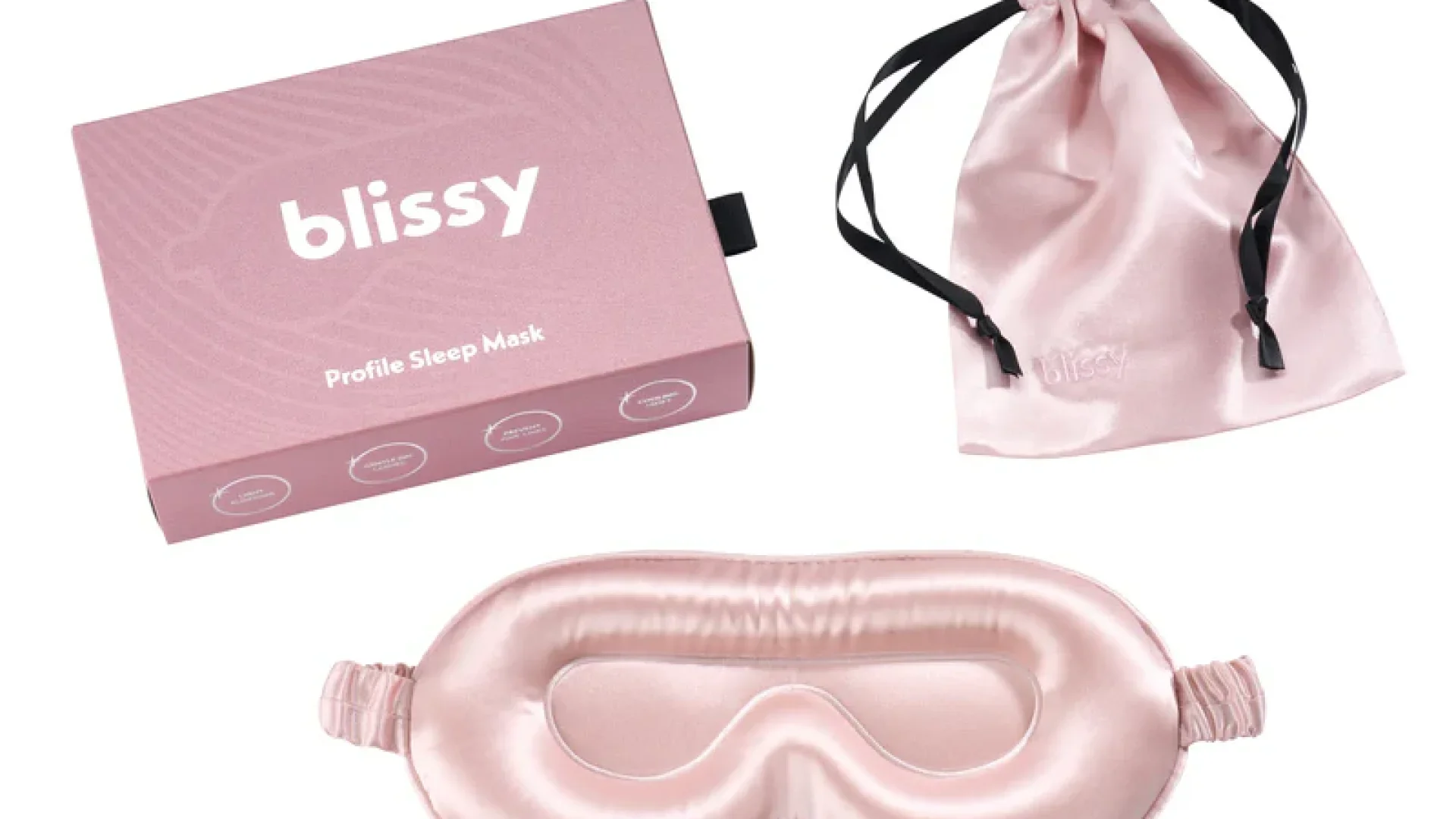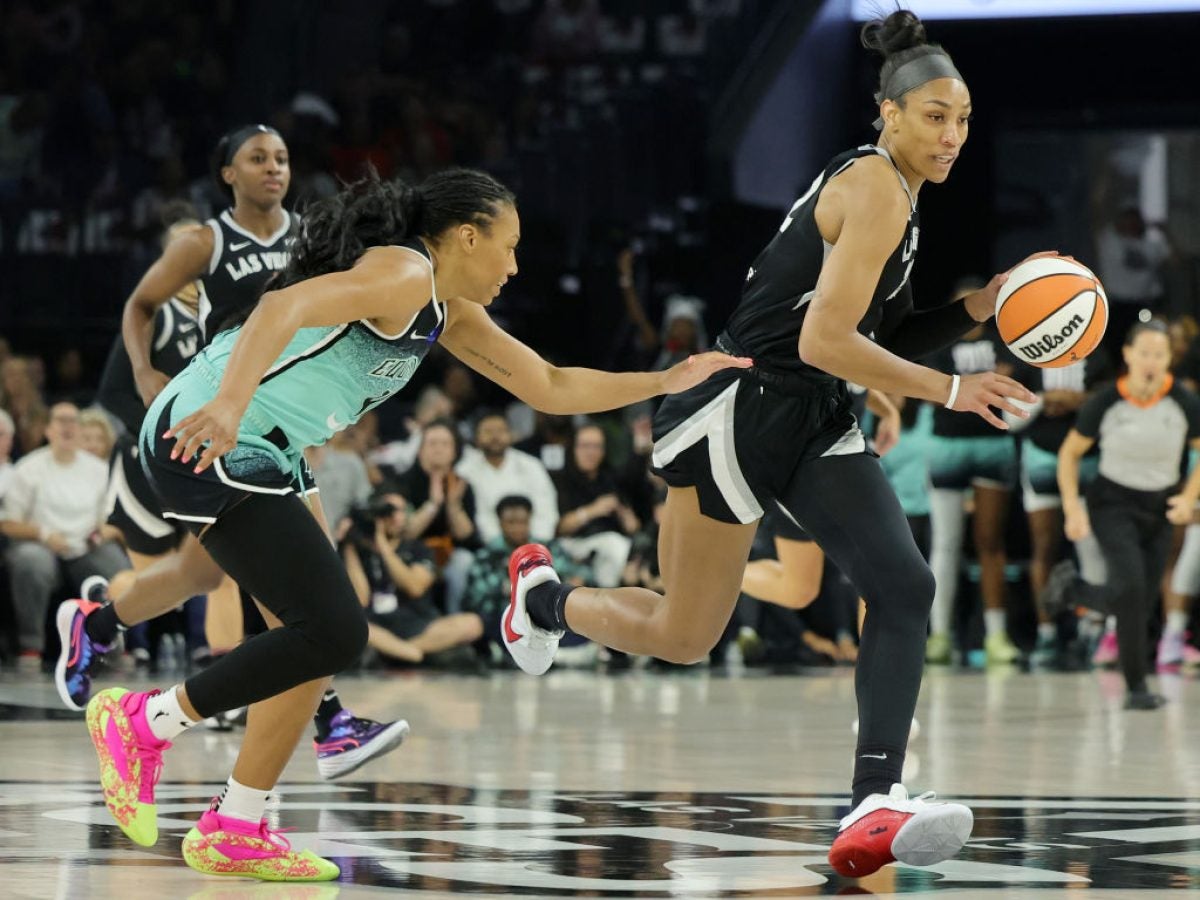
When Angel Reese signed with the Chicago Sky as the No. 7 overall pick in the 2024 WNBA draft, she was stepping into a league that’s worlds apart from what it was just five years ago. The salary landscape has shifted dramatically – but let’s be real about whether these changes are truly transformative or just incremental steps toward what these athletes deserve.
The raw numbers tell a story of progress. The WNBA’s 2024 season showcases the highest salaries in league history, with top players eligible to earn up to $241,984. The supermax salary has increased by 94% since 2019, when the league’s elite players topped out at $121,500. Even the minimum salary for rookies has risen to $64,154 – more than double what it was in 2019. But here’s where it gets complicated. While the WNBA’s salary cap hit $1.4 million per team in 2024, the NBA’s salary cap sits at $140 million. Yes, you read that right. And before anyone comes with the “but revenue” argument, let’s acknowledge that even accounting for league revenue differences, WNBA players receive about 33% of league revenue, while NBA players get roughly 50%.
For most WNBA players, making it work means playing year-round. According to the AP, roughly 50% of players also compete overseas during the WNBA offseason. Stars like Breanna Stewart and A’ja Wilson might command top dollar in both markets, but this double duty comes at a cost – physical wear and tear, time away from family, and the mental strain of never truly having an off-season.
The marketing dollars tell another story entirely. The league’s 2020 collective bargaining agreement included provisions for increased marketing opportunities, yet in 2023, only a handful of players secured major brand deals. Meanwhile, Caitlin Clark’s NIL valuation hit $3.1 million before she even entered the WNBA draft – highlighting both the potential and the disparity in how women’s basketball talent is valued.
What’s particularly striking is the racial dynamics at play. In a league where over 60% of players are Black women, the conversation about fair compensation isn’t just about gender – it’s about racial equity in sports. When we talk about WNBA salaries, we’re talking about Black women’s labor being undervalued, a story that resonates far beyond the basketball court.
The league has made moves in the right direction. The new CBA introduced progressive elements like fully paid maternity leave, upgraded travel accommodations, and potential revenue sharing opportunities. These changes came after years of player activism, led by women like Angel McCoughtry and Nneka Ogwumike, who weren’t afraid to demand better.
But let’s be clear – better than before isn’t the same as good enough. When the minimum WNBA salary barely exceeds the median U.S. household income, we’re not just talking about a gender pay gap – we’re talking about the fundamental devaluation of women’s professional sports.
The question isn’t whether WNBA players should be grateful for these increases. The question is why, in 2024, we’re still having to justify fair compensation for professional athletes who consistently deliver world-class performance, drive cultural conversations, and inspire the next generation of players.
The salary increases are a start, not a finish line. As viewership continues to climb – the 2024 WNBA Finals saw a 115% increase in viewers from the previous year – the momentum for real change is building. The numbers are going up, yes, but until they reflect the true value these athletes bring to the game, our work isn’t done.
